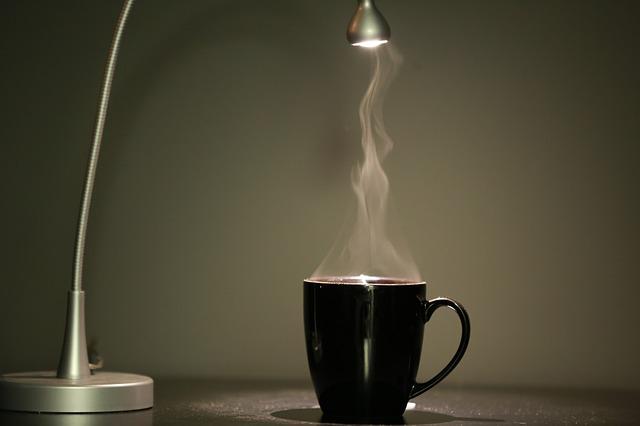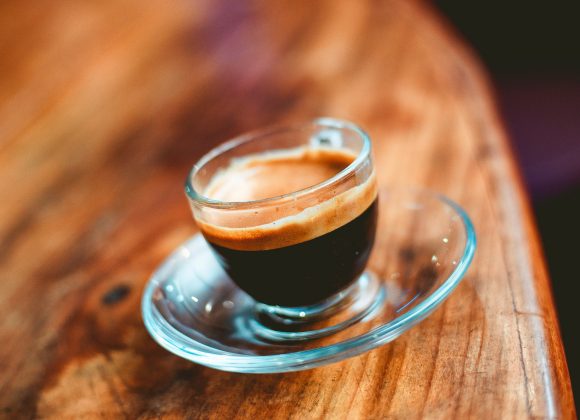You might need coffee and tea to help you start thinking, but you actually have never thought about these 5 surprising facts about tea and coffee.
Tea and coffee are the two most common beverages in the world. In Singapore itself, people consume 15.000 metric tonnes of coffee a year. Divided by its population of 5.7 million, this works out at around 2.6kg per capita. Aside from coffee, tea seems to be the next trend here in Singapore. With a growing number of tea houses, the spirit of Chinese tea culture is rising in the region.
When it comes to health both coffee and tea have been touted for their health benefits. Avid consumers of both beverages will defend their favorite choice to the death. With so much passion on both sides of the aisle, it’s hard to tell what beverage really is better for you.
Coffee, however, has earned a slightly bad reputation when it comes to its chemical composition. Too much caffeine has been correlated with a variety of ailments including migraines and nausea. Tea on the other hand has been an integral part of traditional medicine, making it one of the top choices for treating many of these ailments.

The facts about coffee and tea are not just about their consumption and health benefits. In this article, we will show you 5 other facts about the beverage that you may be sipping right now.
1. Tea leaves contain more caffeine than coffee
Tea leaves contain more naturally occurring caffeine that unfiltered coffee beans do. The difference is that coffee is a strongly brewed beverage while tea is an infusion that is generally weaker.
Coffee is typically brewed at higher temperatures, which allows more of the caffeine molecules to release from the beans into your cup of Joe. Tea on the other hand, is brewed at lower temperatures where all of the caffeine isn’t extracted from the leaves.
2. Coffee beans are not beans
Contrary to the name, a coffee bean isn’t actually a bean. Rather, it is the pit (or seed) that’s found inside the coffee cherry. The bean is removed from the fruit as part of the harvest process. Because of their shape and size, they’re now commonly referred to as a bean. With the seed, however, you could plant one and it could grow into a whole new coffee plant.
3. The origin word of coffee is not ‘coffee’
The earliest term for the drink of coffee was the Arabic word ‘qahwa’, which actually referred to a type of wine. The Ottoman Turks then used the term “kahve”, which was followed by the Dutch word “koffie”, from which the English name was derived in 1582.
4. Tea is considered the second-most popular drink of choice worldwide.
While coffee is a preferred drink in many countries, when looking at worldwide beverage consumption statistics, tea is the second-most consumed beverage. The beverage making the top of the list is packaged water.
5. Only Singaporeans have a clue to order coffee
Singaporeans order their coffees by specific names: Kopi is coffee with sweet condensed milk, Kopi O is coffee with sugar but no milk, Kopi C is coffee with evaporated milk and sugar, most similar to our regular coffee order. The list goes on: Kopi Poh is weak coffee with more water added, while Kopi Gau is stronger, given an extra shot.





